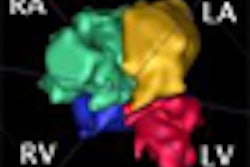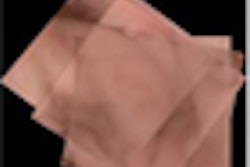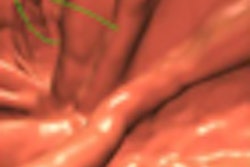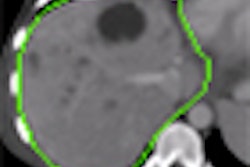With the transition to PACS, medical institutions around the world have created large databases of medical imaging studies over the past 15 years or so. These images contain a tremendous amount of information, which could potentially be mined using computer-aided detection (CAD) or other software to answer clinical questions, according to co-author Dr. Eliot Siegel of the University of Maryland in Baltimore.
For example, image databases could be queried to determine the natural progress of lung nodules on chest CT, to find out the average size of an abdominal aorta in males and females, or to see if patients with increased coronary or other artery calcification have an increased incidence of cardiovascular disease, Siegel said.
In their presentation, the researchers will describe their success with an automated application server that utilized a 3D data server (Advanced Processing Server, TeraRecon, San Mateo, CA) with a CAD algorithm designed to locate noncalcified spherical objects within the thorax that are separate from other structures.
"Our study demonstrated that we could pose a hypothesis and test that hypothesis utilizing an automated pixel-based data mining system within an existing commercial image archive and perform the study in a completely automated fashion," Siegel told AuntMinnie.com. "The implications of this for posing more complex questions and for establishing normative data are profound."
Siegel's colleague Dr. Asef Khwaja will present the paper.



















